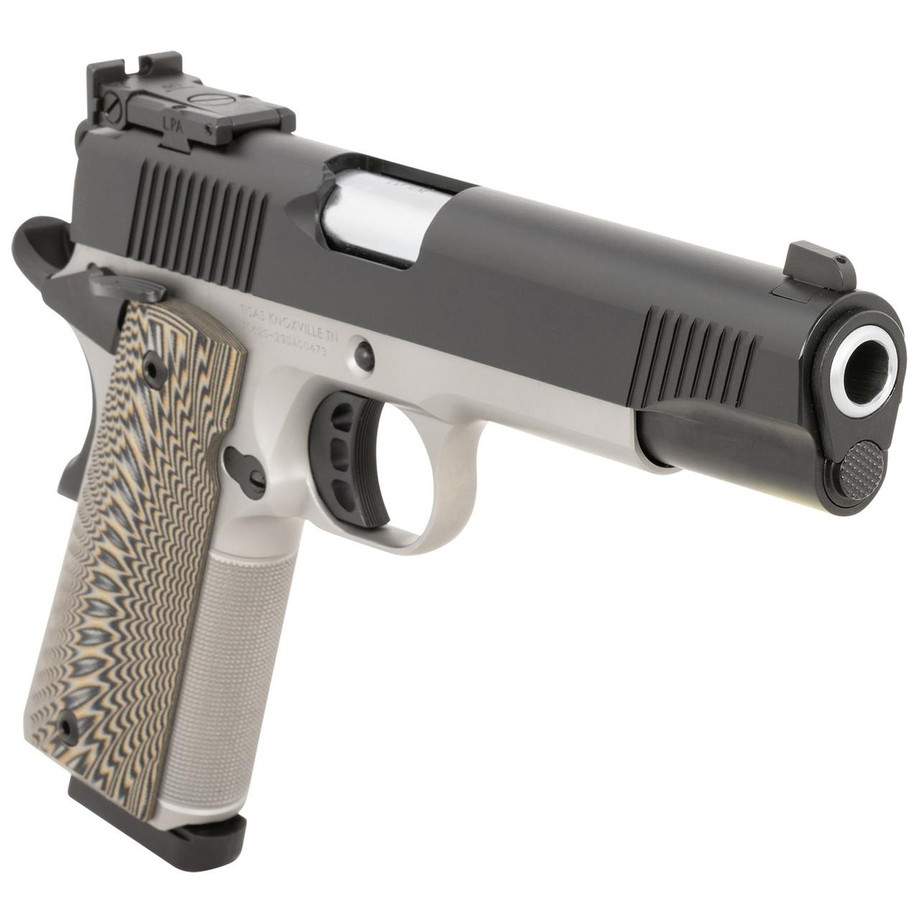Pump action shotguns are a quintessential component of the firearms world, renowned for their versatility and reliability. These iconic firearms have a long and storied history, serving a wide range of purposes, from hunting and sport shooting to home defense and law enforcement. In this article, we will explore the characteristics, uses, advantages, and considerations associated with pump action shotguns.
The Anatomy of a Pump Action Shotgun
Pump action shotguns, often referred to as "slide-action" or "pump-action" shotguns, have a distinctive mechanism that sets them apart from other firearms. The key components of a pump action shotgun include:
Barrel: The barrel is the long, tubular part of the shotgun through which the shot or slugs are fired. Barrels come in various lengths to suit different purposes, from shorter tactical barrels to longer sporting ones.
Receiver: The receiver is the main body of the shotgun that houses the firing mechanism and action. It typically has a magazine tube running underneath it.
Pump Forend: The pump forend is the front part of the shotgun that is gripped by the shooter's support hand. To cycle the action, the shooter manually moves the forend backward and then forward, ejecting the spent shell and chambering a new one.
Trigger and Trigger Guard: The trigger is the mechanism that releases the firing pin or striker, igniting the primer and firing the shotgun. The trigger guard surrounds the trigger to protect it from accidental discharges.
Magazine Tube: The magazine tube is located beneath the barrel and holds multiple rounds of ammunition, depending on the shotgun's design. It is a defining feature of pump action shotguns, allowing for quick follow-up shots.
Stock: The stock is the rear part of the shotgun that rests against the shooter's shoulder, providing stability and control. Stocks can vary in design, including traditional wooden stocks and synthetic stocks.
Safety Mechanism: Most pump action shotguns feature a safety mechanism that prevents the firearm from firing until deliberately disengaged.
Uses of Pump Action Shotguns
Pump action shotguns are incredibly versatile and have a wide range of applications, including:
Hunting: Pump action shotguns are popular for hunting a variety of game, including waterfowl, upland birds, and deer. They can be used with various types of shotgun ammunition, such as birdshot, buckshot, and slugs, depending on the hunting scenario.
Sport Shooting: Competitive shotgun sports like trap, skeet, and sporting clays often see the use of pump action shotguns. Their quick action cycling allows for rapid target engagement.
Home Defense: Many people choose pump action shotguns for home defense due to their reliability and firepower. The sound of cycling the action can also serve as a deterrent.
Law Enforcement: Law enforcement agencies have utilized pump action shotguns for decades, particularly in situations that require the use of less-lethal rounds or situations where a versatile and reliable firearm is needed.
Recreational Shooting: For recreational shooting, pump action shotguns are an enjoyable and economical choice, suitable for everything from casual plinking to shooting clays with friends.
Advantages of Pump Action Shotguns
Reliability: Pump action shotguns are renowned for their robust and reliable operation. The manual cycling of the action is straightforward and less prone to malfunction.
Versatility: Their ability to handle various types of ammunition, from birdshot for small game to slugs for big game, makes pump action shotguns versatile firearms.
Ease of Maintenance: Maintaining a pump action shotgun is relatively simple. The design allows for easy disassembly and cleaning, making it a practical choice for shooters of all experience levels.
Durability: These shotguns are often built to withstand harsh conditions and heavy use, making them suitable for outdoor activities like hunting.
Safety Features: Pump action shotguns typically come equipped with safety mechanisms, reducing the risk of accidental discharges.
Considerations When Using Pump Action Shotguns
While pump action shotguns offer various advantages, there are important considerations to keep in mind:
Recoil: Depending on the shotgun's design and the ammunition used, recoil can be significant. Proper technique, such as a firm shoulder mount and good stance, is essential to manage recoil effectively.
Capacity: Pump action shotguns have a limited magazine capacity compared to semi-automatic shotguns, which might require more frequent reloading in certain scenarios.
Training: Proper training and practice are vital to ensure safe and effective use of a pump action shotgun. Familiarity with the manual action cycling and reloading is crucial.
Legal Restrictions: Laws governing the ownership, possession, and use of pump action shotguns can vary by jurisdiction. Always be aware of local, state, and federal regulations.
Sights and Accessories: Consider adding sights or optics to enhance your shotgun's accuracy. Accessories like foregrips and extended magazine tubes are also available for customization.
For more info:-





Comments